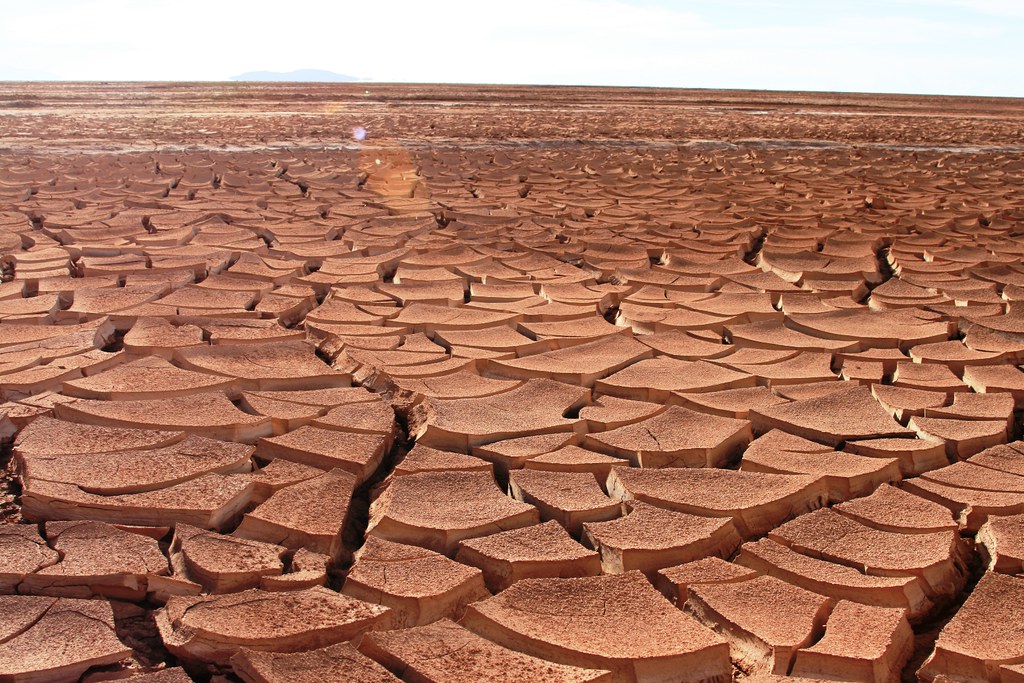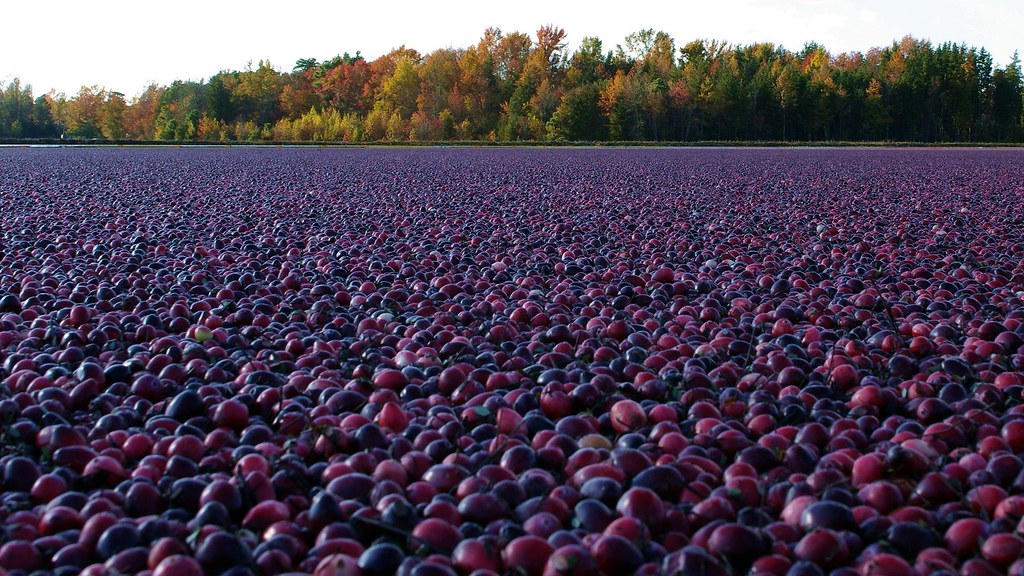Period4Todaro
Tuesday, November 3, 2015
Reversible Figure
Optical illusion images which exploit graphical similarities and other properties of visual system interpretation between two or more distinct image forms
Phi-Phenomenon
An illusion of movement created when two or more adjacent lights blink on and off in a quick succession
We perceive that the lights on this "Used Cars" sign are moving down the arrow, when in reality, the lights are simply blinking in a rapid succession.
Perception of Movement (stroboscopic motion)
An object is percieved as moving when there are simply a series a stationary images presented
In this video, the girl appears to have been recorded jumping. But as we slow it down, we realize that the "movement" is simply a series of continuous pictures that our minds perceive as this movement.
Monday, November 2, 2015
Convergence
Binocular Cue: Convergence
In order to perceive depth properly, your eyes must move slightly inward or converge. In so doing, people are able to determine if objects are close to them or far away.
The cat's eyes converged in order to see the bee on its nose.
Retinal Disparity
Binocular Cue: Retinal Disparity
Because our eyes are about 2.5 inches apart, our retinas receive slightly different images of the world. When the brain compares the two images, the difference between them (retinal disparity) provides an important cue to the relative distance of different objects.
If you close one eye and look at the same spot/image, the location of the object will shift slightly. That's because our brain merges both images received by the retinas, but take one away and the image shifts.
Linear Perspective
Monocular Cue: Linear Perspective
Parallel lines appear to converge with distance. The more the lines converge, the greater their perceived distance.
The way the lines of the crops converge at the end, allow us to perceive that the distance/amount of crops is a large number.
These pieces of wood appear to converge at the end. This tricks our minds into thinking that these pieces of wood are super long.
Texture Gradient
Monocular Cue: Texture Gradient
A gradual change from coarse, distinct texture to a fine, indistinct texture signals increasing distance. Objects appear smaller and more densely packed.
Up close, one can clearly see the cracks in the ground and the distinct texture of the ground itself. As the visual field moves back, the texture isn't nearly as defined as it was before.
Up close we can clearly see the grapes and berries but looking further out it becomes a blur of purple and blue.
Subscribe to:
Comments (Atom)





